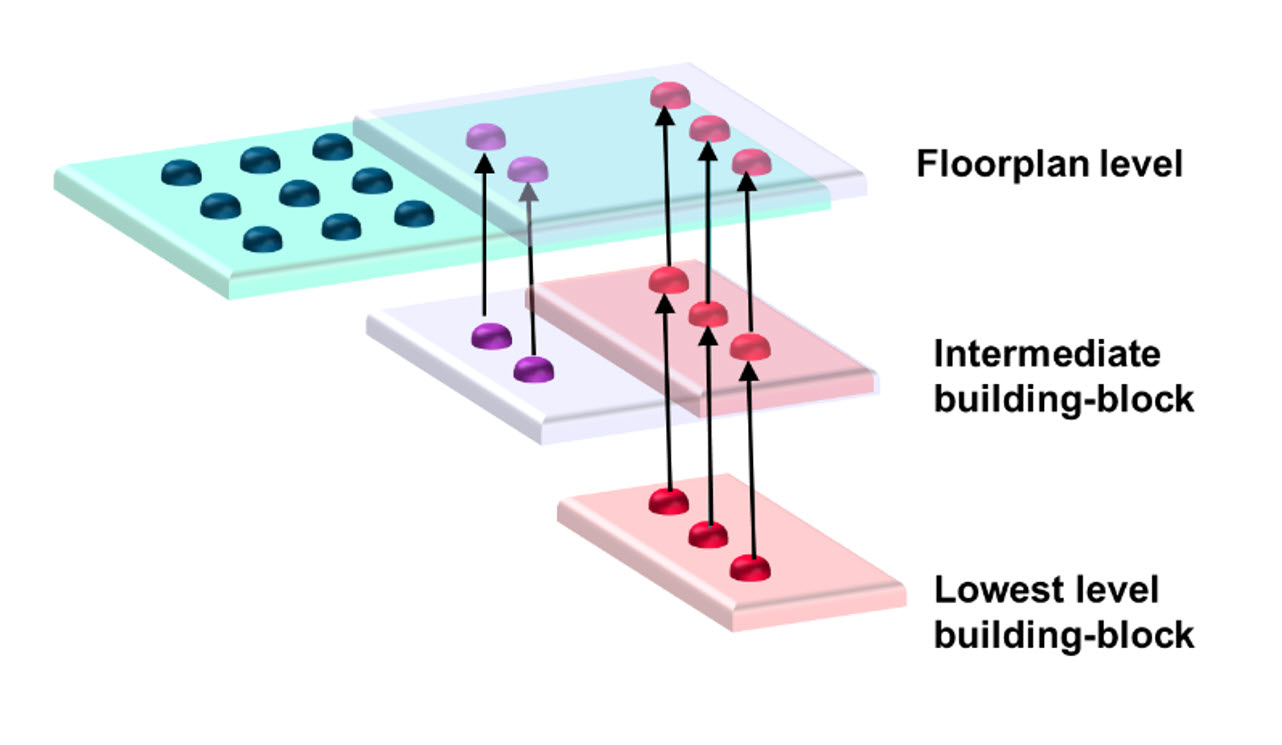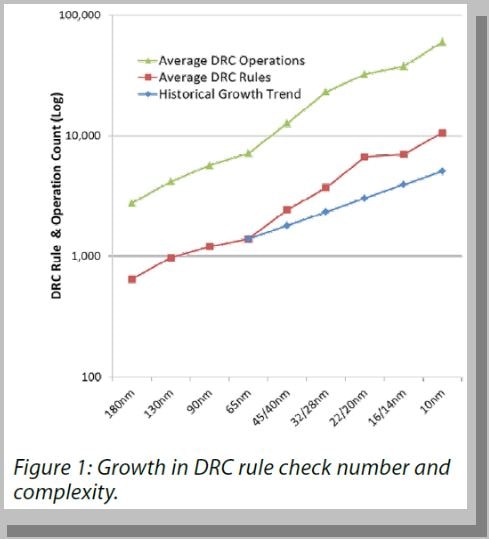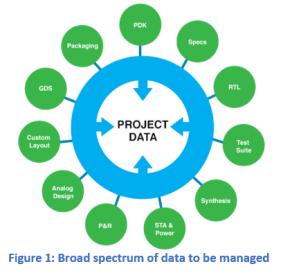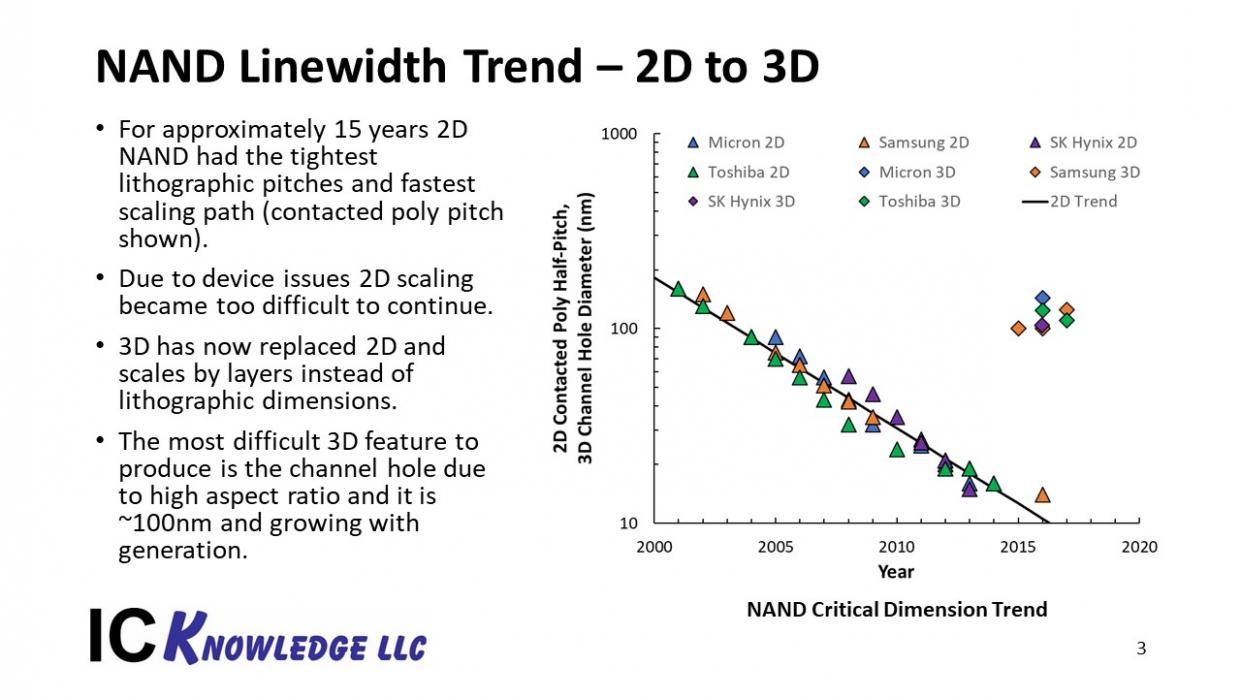Despite their recent rise to prominence, the fundamentals of AI, specifically neural networks and deep learning, were established as far back as the late 50’s and early 60’s. The first neural network, the Perceptron, had a single layer and was good certain types of recognition. However, the Perceptron was unable to learn how to… Read More
 WEBINAR: Revolutionizing Electrical Verification in IC DesignIn the complex world of IC design, electrical…Read More
WEBINAR: Revolutionizing Electrical Verification in IC DesignIn the complex world of IC design, electrical…Read More Silicon Catalyst on the Road to $1 Trillion IndustryThere were quite a few announcements at the…Read More
Silicon Catalyst on the Road to $1 Trillion IndustryThere were quite a few announcements at the…Read More Hierarchically defining bump and pin regions overcomes 3D IC complexityBy Todd Burkholder and Per Viklund, Siemens EDA…Read More
Hierarchically defining bump and pin regions overcomes 3D IC complexityBy Todd Burkholder and Per Viklund, Siemens EDA…Read More CDC Verification for Safety-Critical Designs – What You Need to KnowVerification is always a top priority for any…Read More
CDC Verification for Safety-Critical Designs – What You Need to KnowVerification is always a top priority for any…Read More Ceva Unleashes Wi-Fi 7 Pulse: Awakening Instant AI Brains in IoT and Physical RobotsIn the rapidly evolving landscape of connected devices,…Read More
Ceva Unleashes Wi-Fi 7 Pulse: Awakening Instant AI Brains in IoT and Physical RobotsIn the rapidly evolving landscape of connected devices,…Read MoreRobust Reliability Verification – A Critical Addition To Baseline Checks
Design process retargeting is acommon recurrence based on scaling orBOM(Bill-Of-Material) cost improvement needs. This occursnot only with the availability of foundry process refresh to a more advanced node,but also to any new derivative process node tailored towards matching design complexity, power profile or reliability… Read More
Concluding Inconclusives
Formal methods are a vital complement to other tools in the verification arsenal, but they’re not without challenges. One of the more daunting is the “inconclusive” result – that case where the tool seems to be telling you that it simply gave up trying to figure out if a particular assertion is true or false. Compounding the problem,… Read More
PCB Design in the Cloud
I remember meeting John Durbetaki at Intel where we both worked in 1980, it was an exciting time and something called the Personal Computer had just been introduced by companies like Commodore, Apple and Radio Shack (yes, Radio Shack). IBM was rather late to the party with their PC in 1981, however when IBM entered the market then … Read More
CEO Interview: Rene Donkers of Fractal Technologies
We (SemiWiki) have been working with Fractal for close to five years now publishing 25 blogs that have garnered more than 100,000 views. Generally speaking QA people are seen as the unsung heroes of EDA since the only time you really hear about them is when something goes wrong and a tapeout is delayed or a chip is respun.
FinFETs really… Read More
Hardware Configuration Management – A Key Enabler for Startups & Big Companies Alike
Software configuration management (SCM) has been around for a long time with commercial SCM offerings such as ClearCase and Perforce and public domain mainstays such as CVS and Subversion. Similarly, over the last two decades we’ve seen a big uptake in the adoption of hardware configuration management (HCM) methodologies driven… Read More
Connecting Coherence
If a CPU or CPU cluster in an SoC is the brain of an SoC, then the interconnect is the rest of the central nervous system, connecting all the other processing and IO functions to that brain. This interconnect must enable these functions to communicate with the brain, with multiple types of memory, and with each other as quickly and predictably… Read More
Developing Affordable IoT Systems
The IoT market opportunities in segments like wearables, vehicles, home, cities and industrial are all growing thanks to the combination of semiconductors, sensors, software and systems technology. New hardware designs for IoT edge devices appear on a daily basis, and the companies behind these new products can often be start-ups… Read More
The hierarchical architecture of an embedded FPGA
The most powerful approach to managing the complexity of current SoC hardware is the identification of hierarchical instances with which to assemble the design. The development of the hierarchical design representation requires judicious assessment of the component definitions. The goals for clock distribution, power … Read More
LithoVision 2018 The Evolving Semiconductor Technology Landscape and What it Means for Lithography
I was invited to present at Nikon’s LithoVision event held the day before the SPIE Advanced Lithography Conference in San Jose. The following is a write up of the talk I gave. In this talk I discuss the three main segments in the semiconductor industry, NAND, DRAM and Logic and how technology transitions will affect lithography.… Read More












I Have Seen the Future with ChipAgents Autonomous Root Cause Analysis